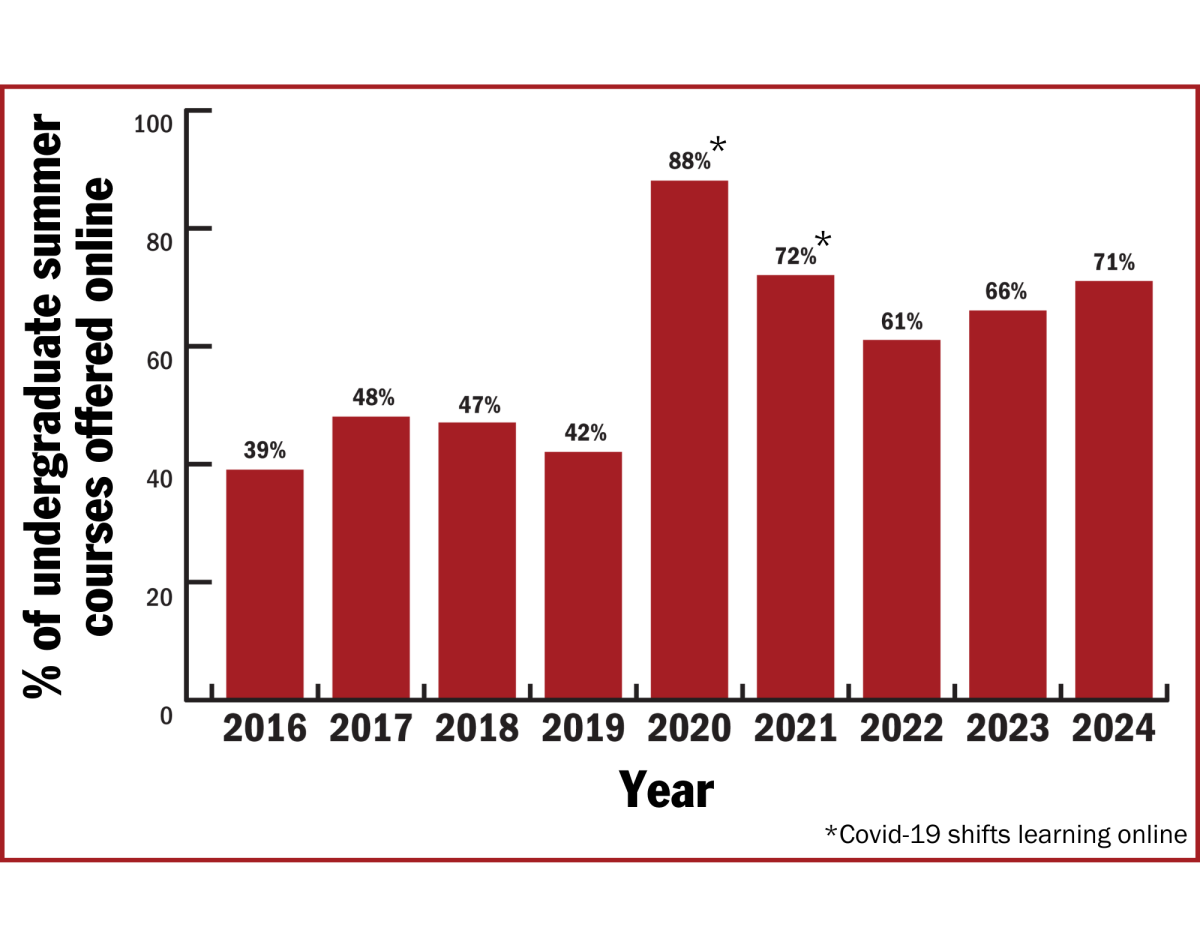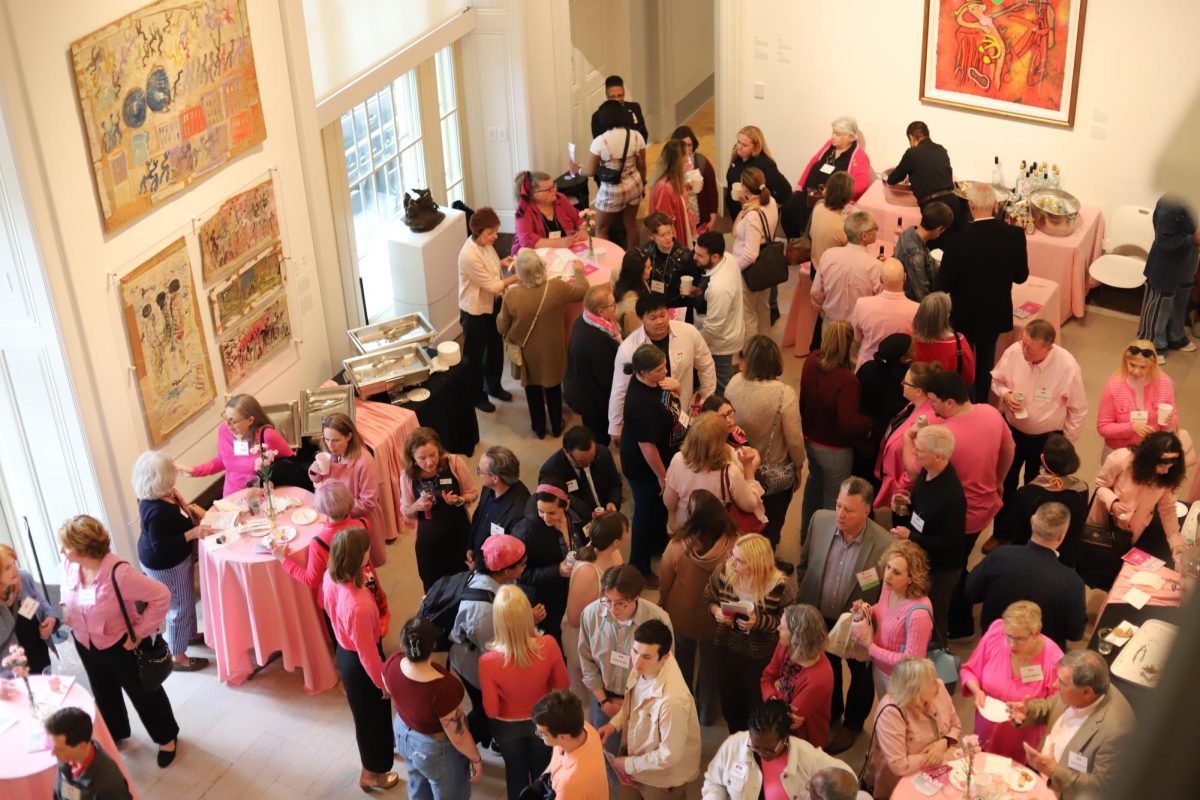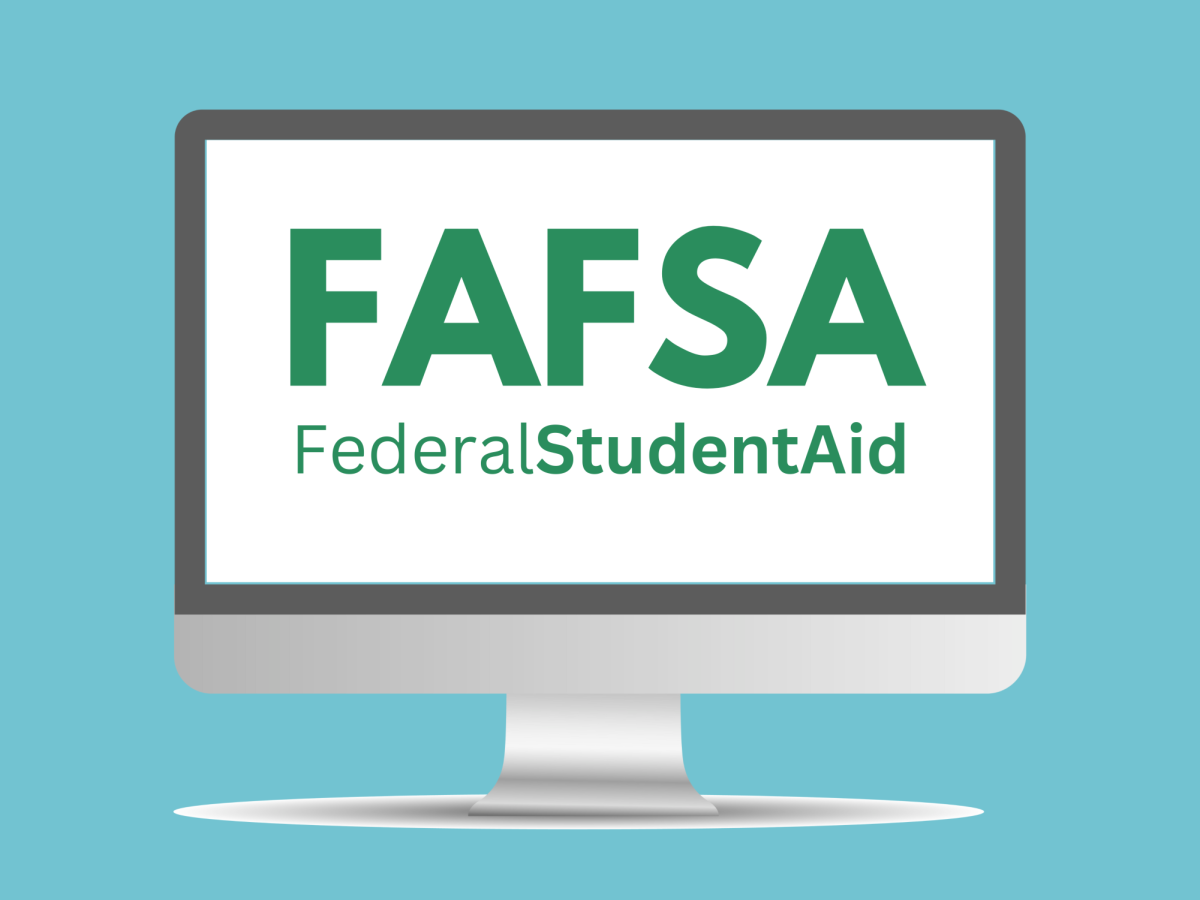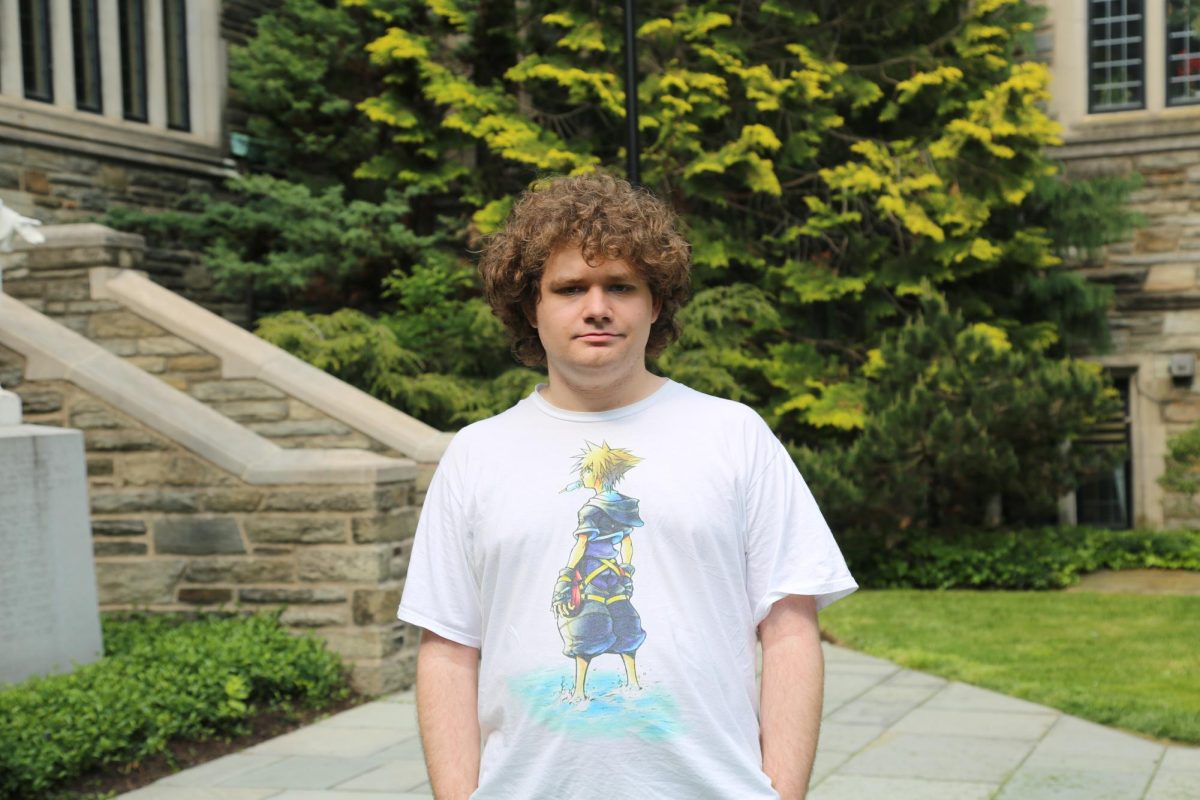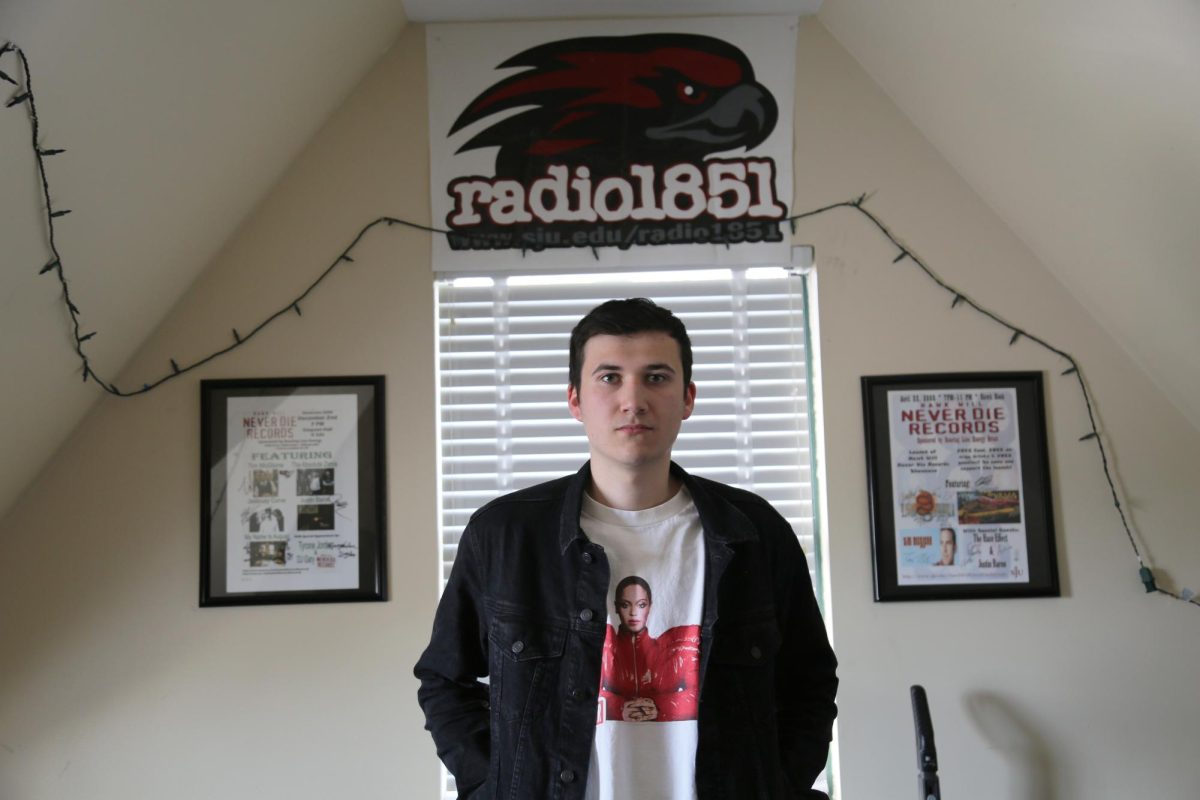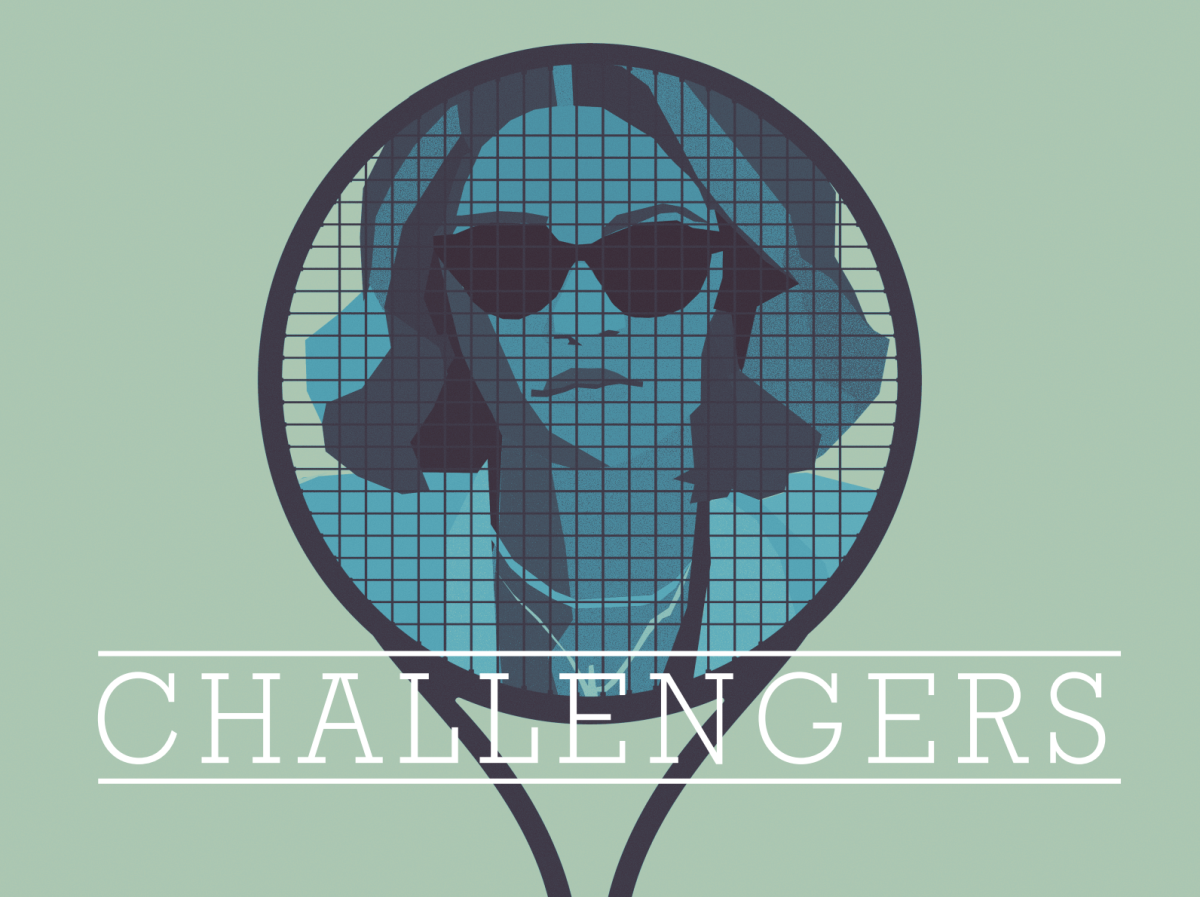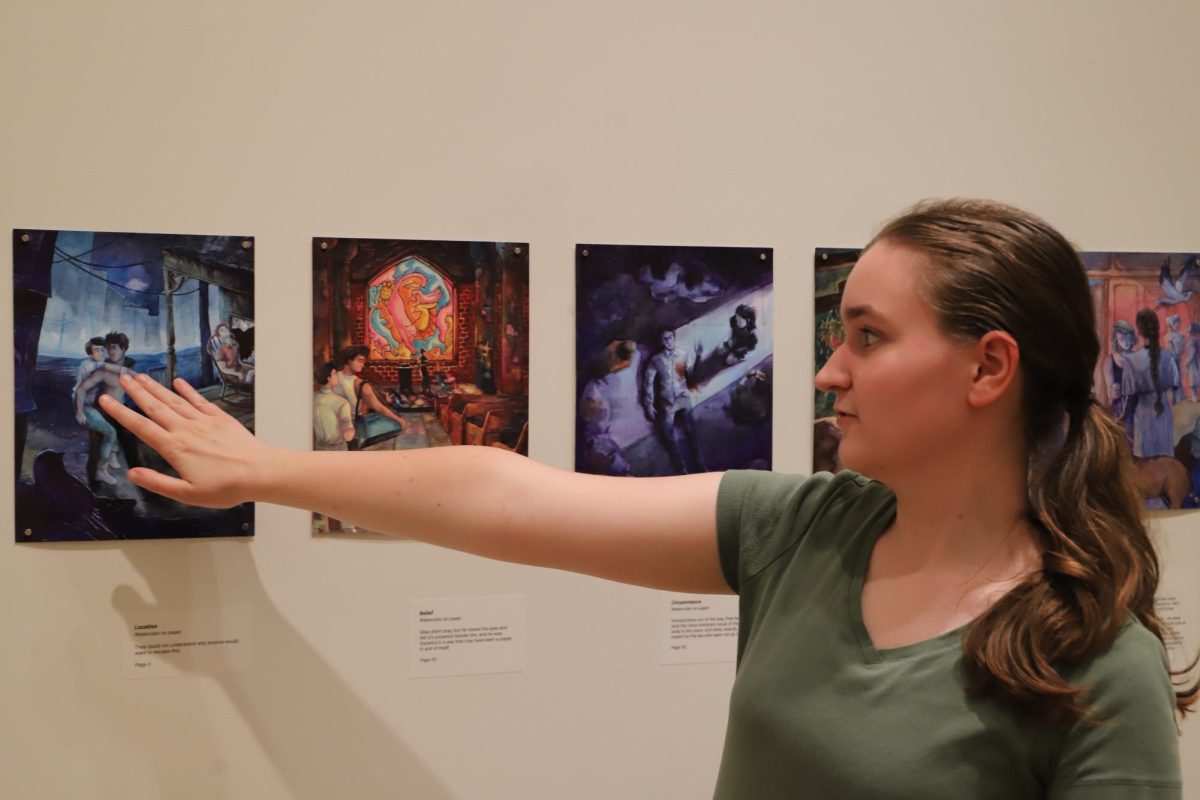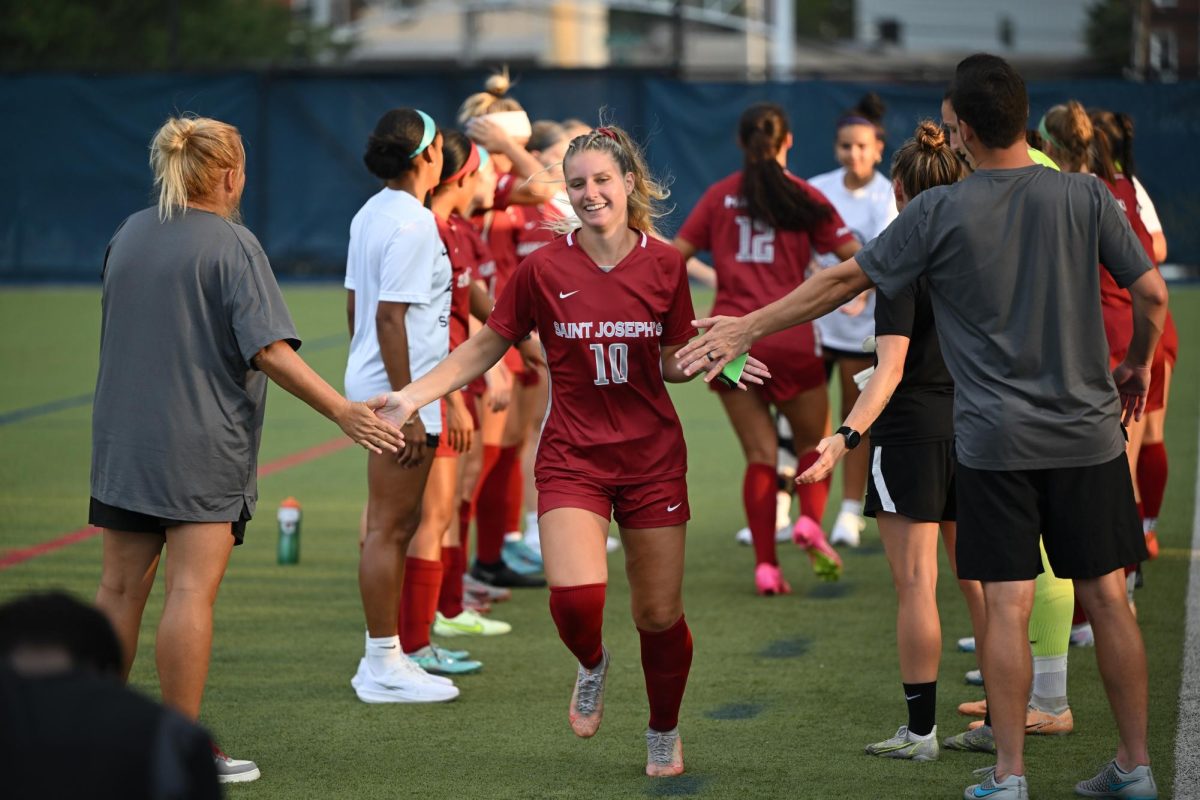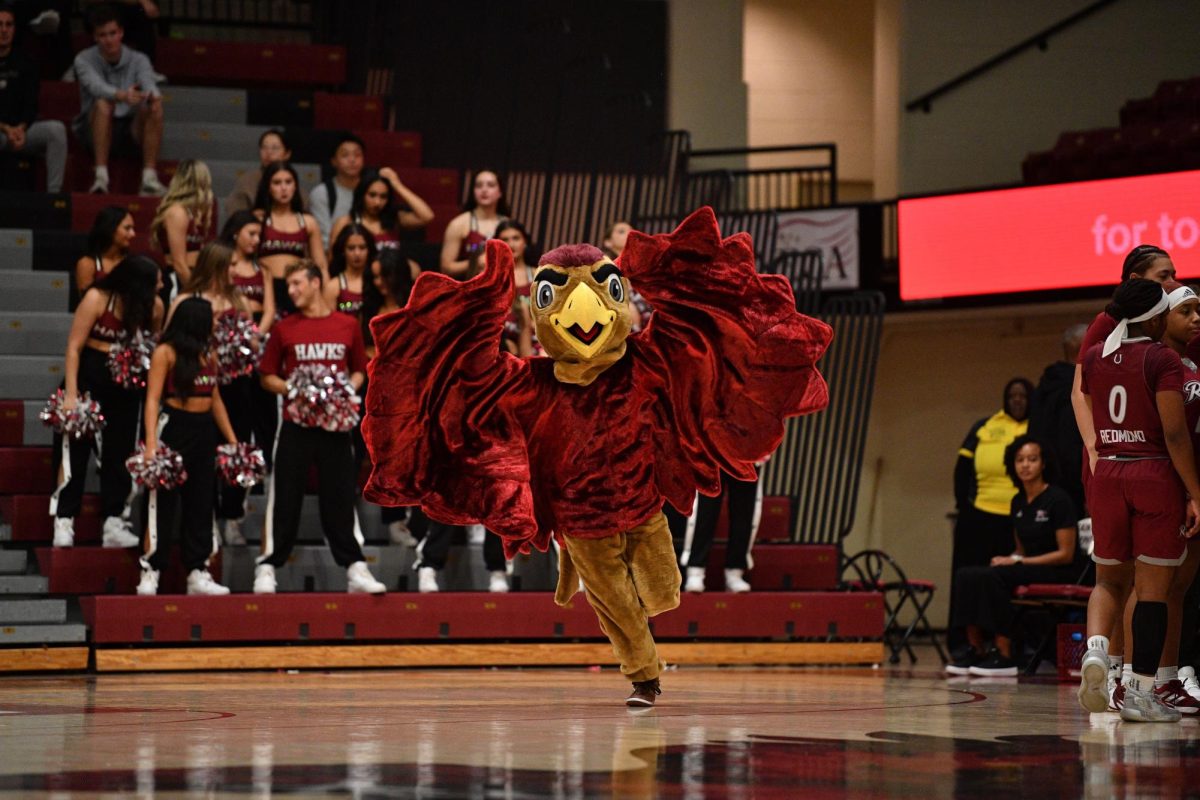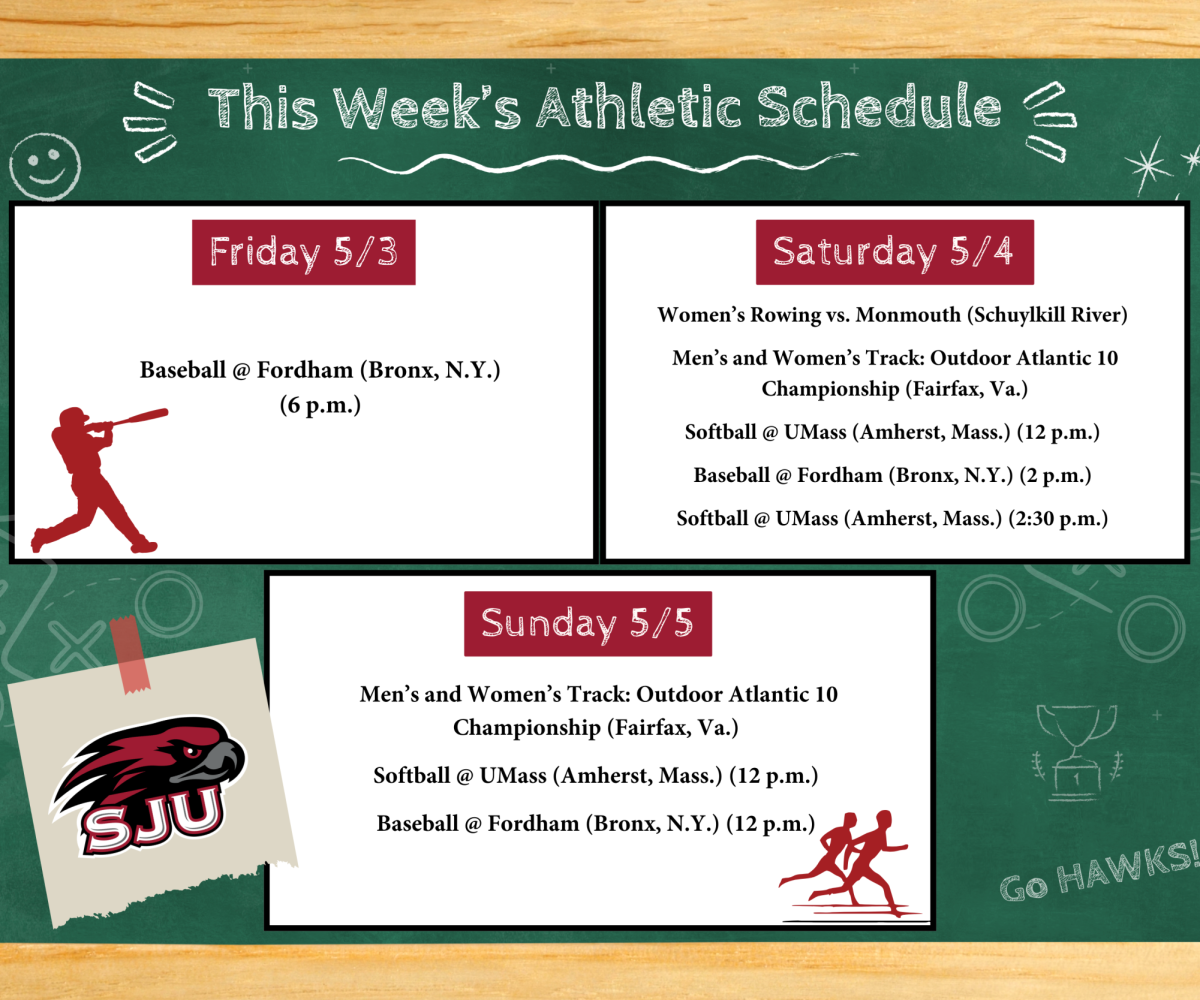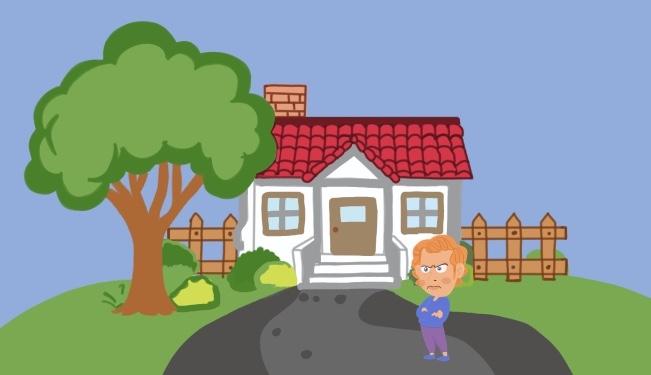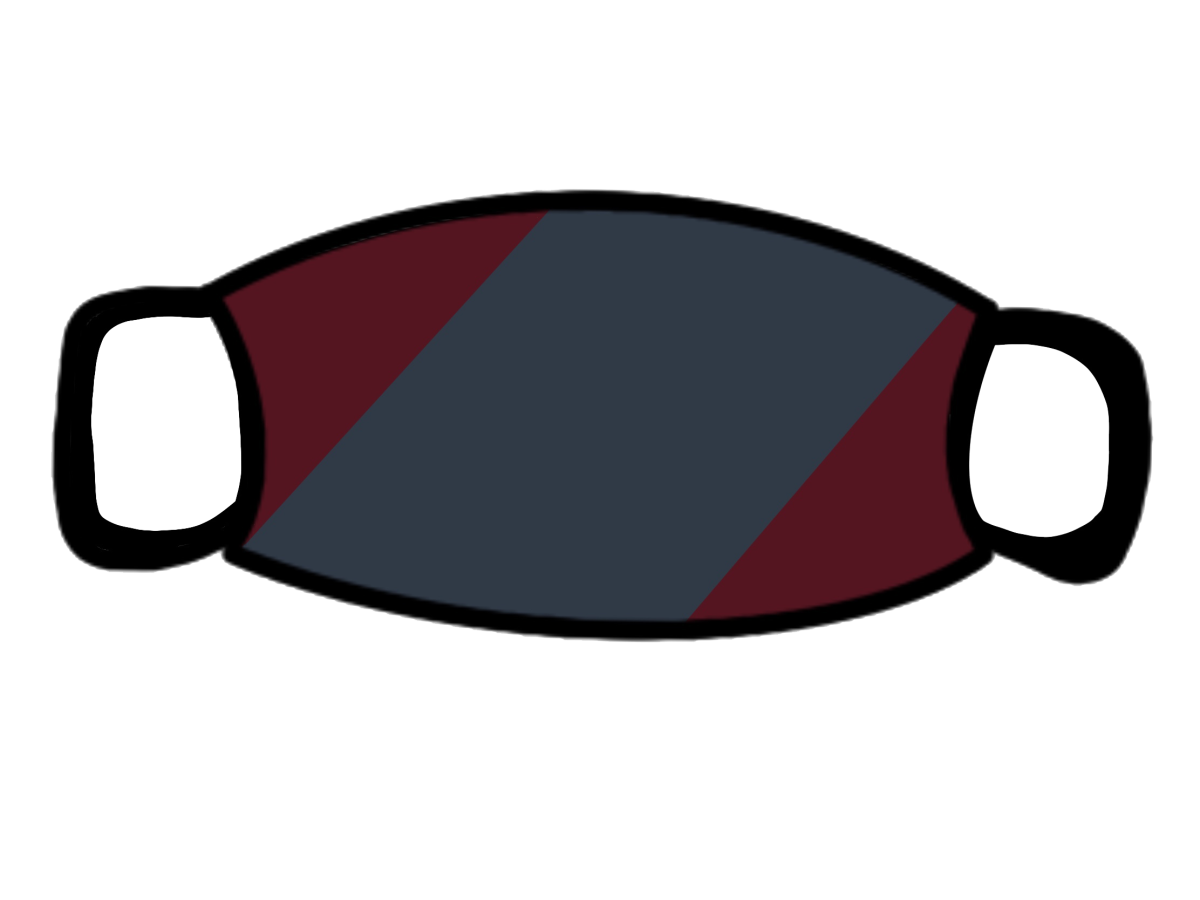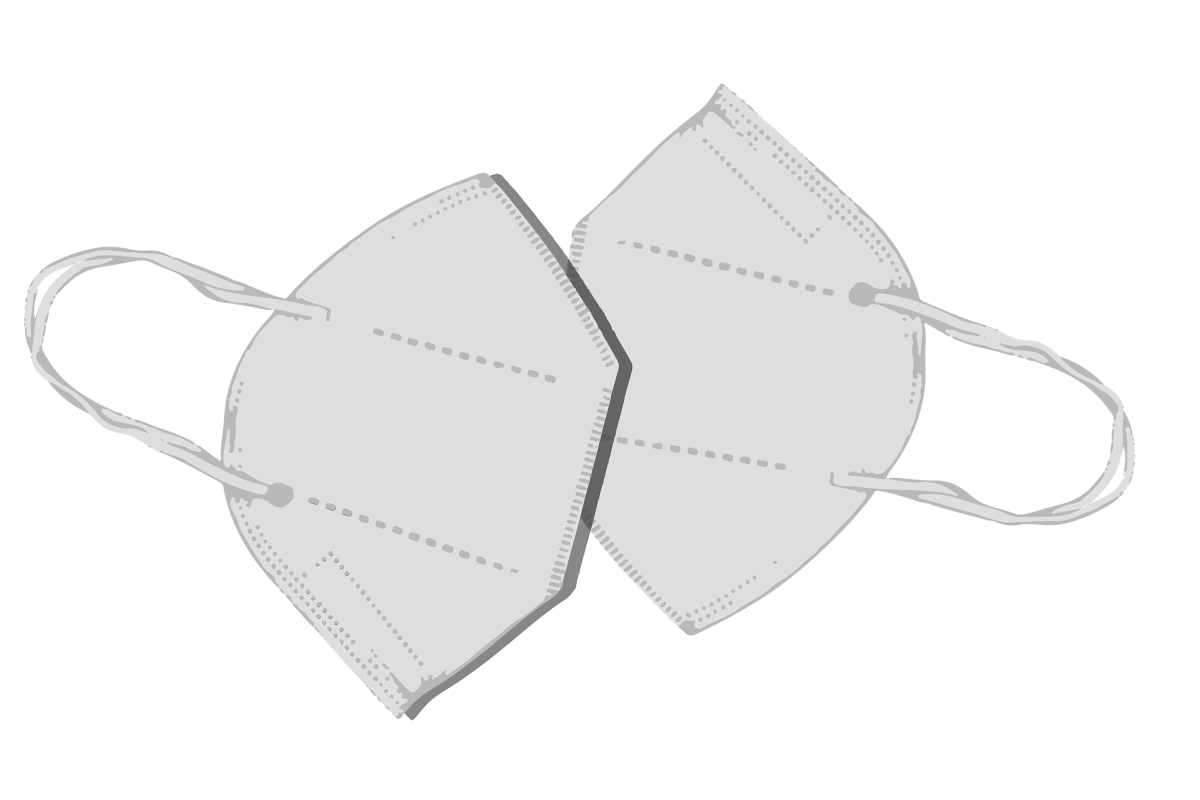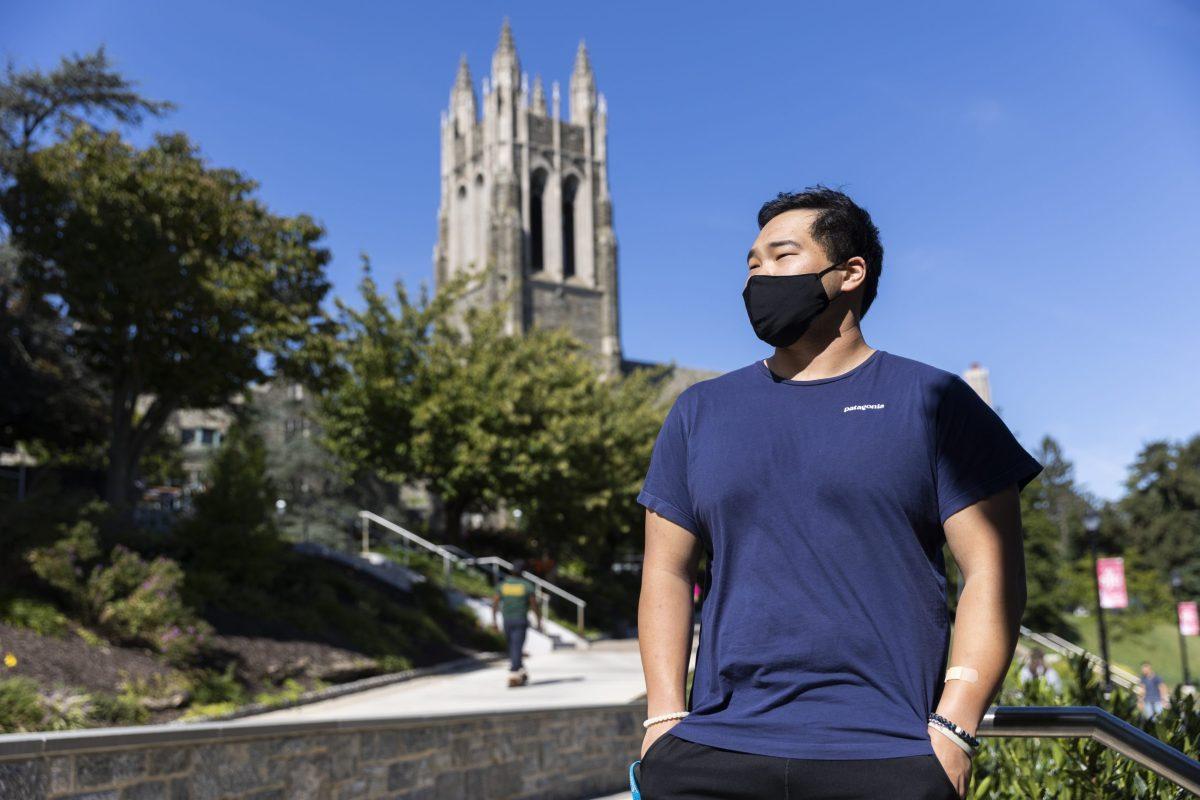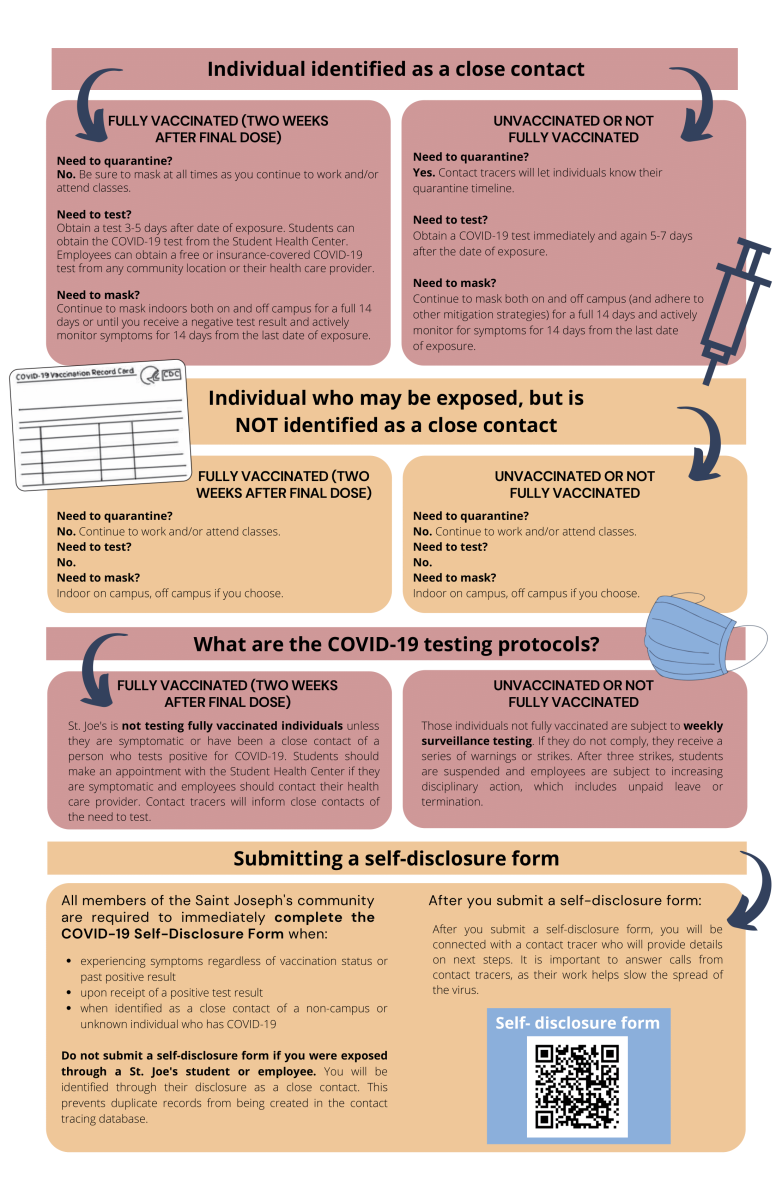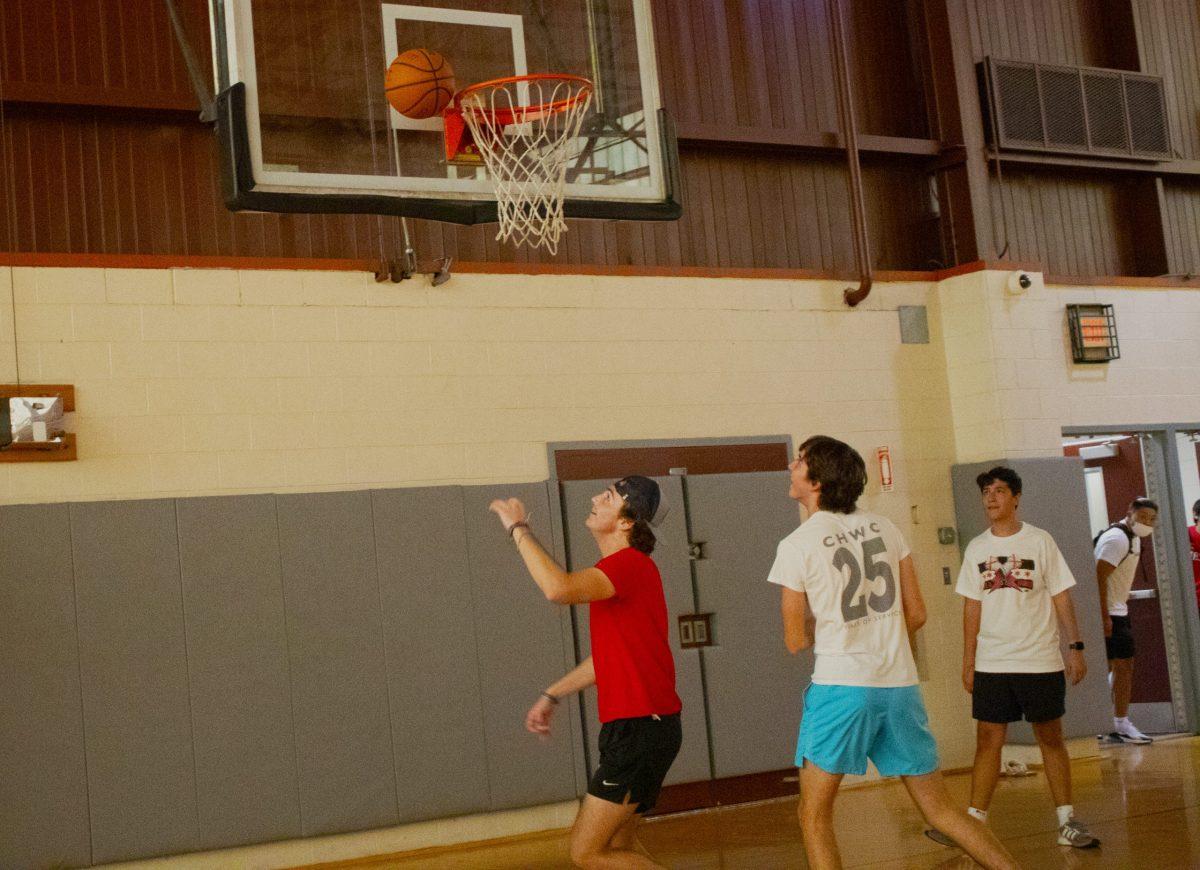Alone on campus and on campus alone
As we approach our third week of being back at St. Joe’s, we are struggling to see why we chose to return to campus under these unprecedented circumstances. Whether we are taking hybrid, hyflex, face-to-face or completely online classes, we are all in this together.
For those of us who elected to return to campus, one reason was to feel a sense of normalcy again. We hoped that taking Zoom classes in our dorms or in off-campus housing would feel better than in our childhood bedrooms, or that seeing our friends in class would bring a feeling of social connection even if it was from six feet away. We were wrong.
Campus does not feel remotely as warm or as familiar as it has in past semesters. With the coronavirus to blame, St. Joe’s leadership has repeatedly assured us that they are doing their best to provide a “normal” semester, despite the undeniable feeling of impending doom for many of us. We believe that the university’s administration, faculty and staff have made a sincere effort to make this happen.
We feel grateful to have the opportunity to see Barbelin Hall in person again and eat an Einstein Bros.’ bagel for the first time since March. In the past few weeks, we have realized that maybe our expectations for this semester were unreasonably high.
The places we usually go to that make St. Joe’s our second home do not feel familiar at all. The Post Learning Commons, well known for being one of the main hubs on campus to meet friends and catch up on work, is too quiet, even for a library. It now feels empty and lifeless, representative of the overall mood on campus. The same goes for many other spots on campus, such as Starbucks, which is usually bustling and the perfect place to meet friends and Saxby’s with it’s upbeat music and comfortable atmosphere. Both are open for business, but students aren’t allowed to sit and relax unless it’s outside, which will become more challenging as the weather gets colder.
The communal places that we have traditionally been drawn to make us ask “What’s the point?” Instead, we choose to remain in our rooms or apartments.
Living in a pandemic isn’t easy by any means, but we thought coming back would allow us to escape, momentarily, from the scariness of it all. But being on campus emphasizes that feeling even more while we wonder when, or if, our school will be next to succumb to a virus outbreak and the inevitable campus closure.
Campus feels lonely for us, but that uneasiness grows exponentially when people you see everyday in your hall, dorm or classroom disappear for 14 days at a time with no mention of why. Then you wonder if you might be next.
We seem to be in the dark about St. Joe’s COVID-19 active case status and all positive test data. This adds to our stress. The St. Joe’s COVID-19 Dashboard is difficult to understand and none of us are sure what the benchmark will be for closing campus. In addition to the dashboard, we don’t know how many people are currently in quarantine or in isolation, which is another cause for stress among students, faculty and staff.
Along with this, the dashboard is updated weekly rather than daily. Temple University has a straightforward three-column chart that shows how many students, faculty and staff have tested positive for the virus. Villanova University has a more detailed dashboard that includes potential cases and contact tracing. Drexel University shows cumulative cases since the beginning of their semester. These dashboards seem informative and easy to read, and regular updates definitely reassure the community.
St. Joe’s bare minimum COVID-19 Dashboard induces more anxiety because we don’t have enough information. We understand privacy policies and student safety, but communications to students at other universities suggest that St. Joe’s is not doing enough. The University of Pittsburgh sends emails to community members to make them aware of hot spots as well as outbreaks in off-campus student housing. The lack of transparency we’re experiencing makes us feel even more frustrated. Accurate, up-to-date information is critical in the midst of a public health crisis.
The combination of these stressors contribute to an overall decrease in motivation within our community. Students are noticing that some of their professors are feeling defeated, even as they continue teaching. Our professors are clearly concerned.
We want St. Joe’s to know that we, students, are also concerned. Was it wise to want to return to campus in the first place? Yes, because we were reassured that our safety was a top priority for the university. Did we think it was going to feel normal? Of course not. But when we signed the iCare Pledge and agreed to do our best, we expected the university to do the same.

